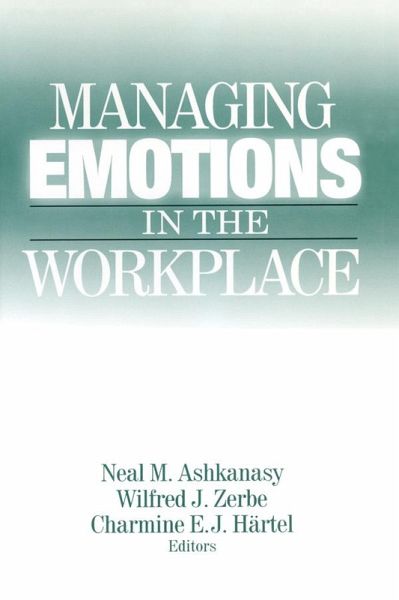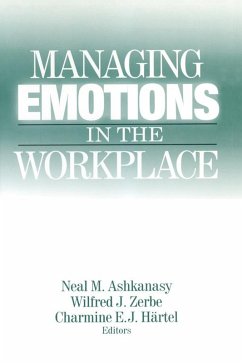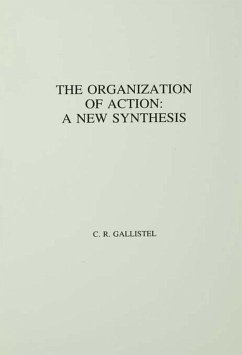
Managing Emotions in the Workplace (eBook, ePUB)
Versandkostenfrei!
Sofort per Download lieferbar
43,95 €
inkl. MwSt.
Weitere Ausgaben:

PAYBACK Punkte
22 °P sammeln!
The modern workplace is often thought of as cold and rational, as no place for the experience and expression of emotions. Yet it is no more emotionless than any other aspect of life. Individuals bring their affective states and emotional "buttons" to work, leaders try to engender feelings of passion and enthusiasm for the organization and its mission, and consultants seek to increase job satisfaction, commitment, and trust. This book advances the understanding of the causes and effects of emotions at work and extends existing theories to consider implications for the management of emotions. Th...
The modern workplace is often thought of as cold and rational, as no place for the experience and expression of emotions. Yet it is no more emotionless than any other aspect of life. Individuals bring their affective states and emotional "buttons" to work, leaders try to engender feelings of passion and enthusiasm for the organization and its mission, and consultants seek to increase job satisfaction, commitment, and trust. This book advances the understanding of the causes and effects of emotions at work and extends existing theories to consider implications for the management of emotions. The international cast of authors examines the practical issues raised when organizations are studied as places where emotions are aroused, suppressed, used, and avoided. This book also joins the debate on how organizations and individuals ought to manage emotions in the workplace. Managing Emotions in the Workplace is designed for use in graduate level courses in Organizational Behavior, Human Resource Management, or Organizational Development - any course in which the role of emotions in the workplace is a central concern. Scholars and consultants will also find this book to be an essential resource on the latest theory and practice in this emerging field.
Dieser Download kann aus rechtlichen Gründen nur mit Rechnungsadresse in A, B, BG, CY, CZ, D, DK, EW, E, FIN, F, GR, HR, H, IRL, I, LT, L, LR, M, NL, PL, P, R, S, SLO, SK ausgeliefert werden.













